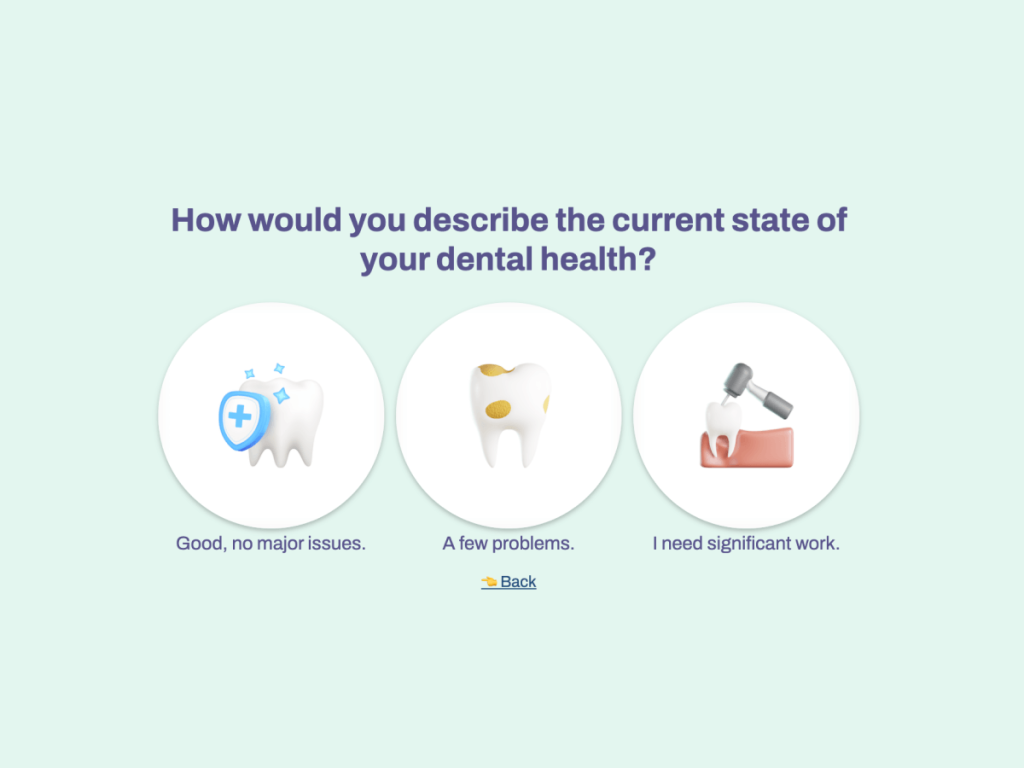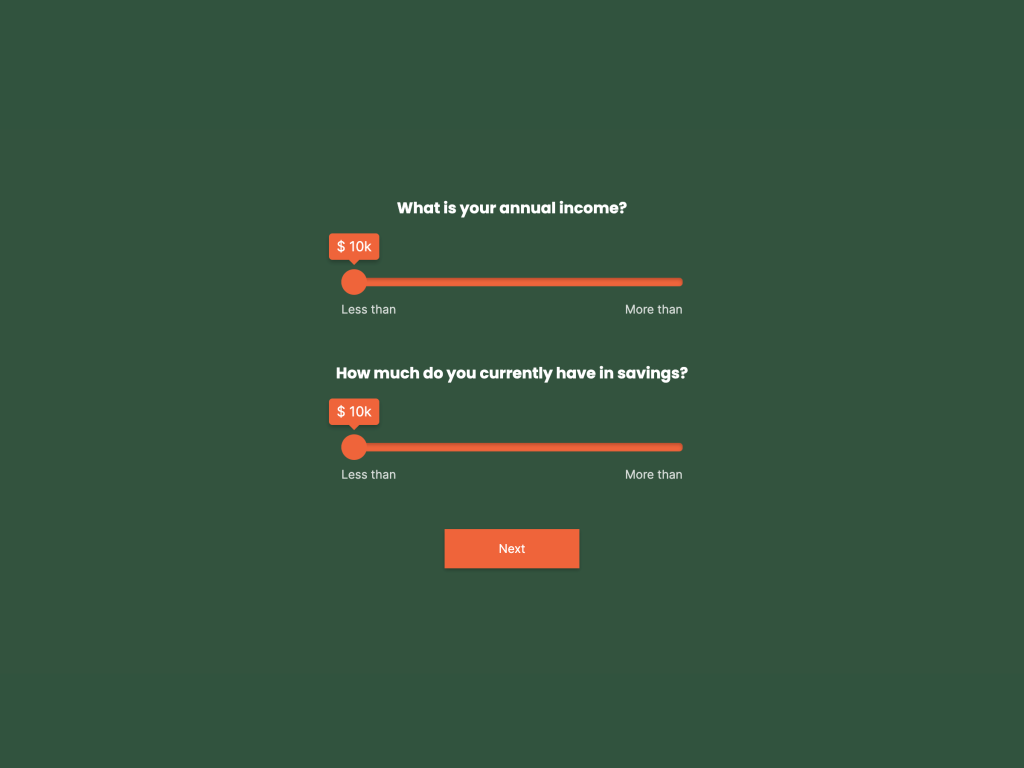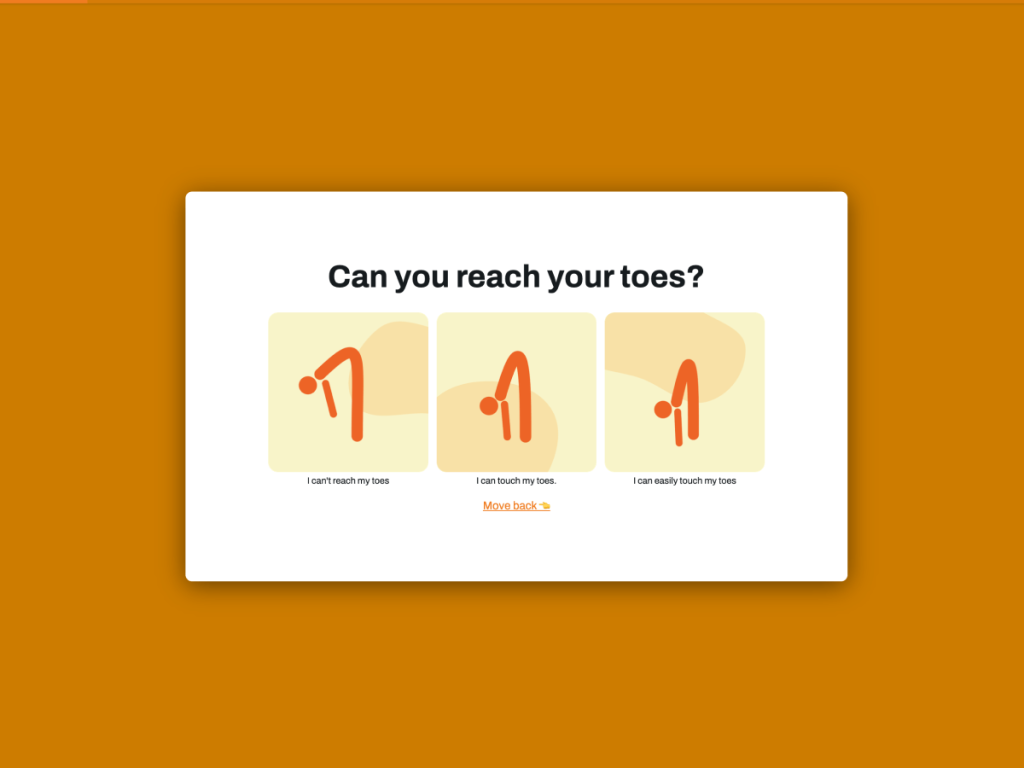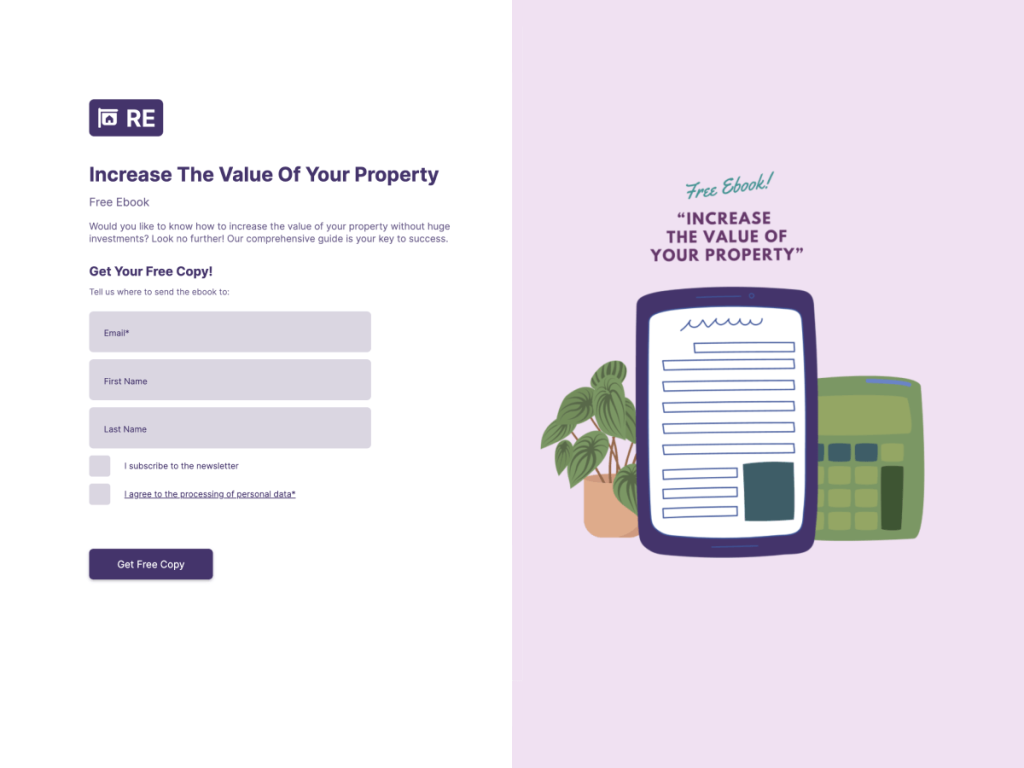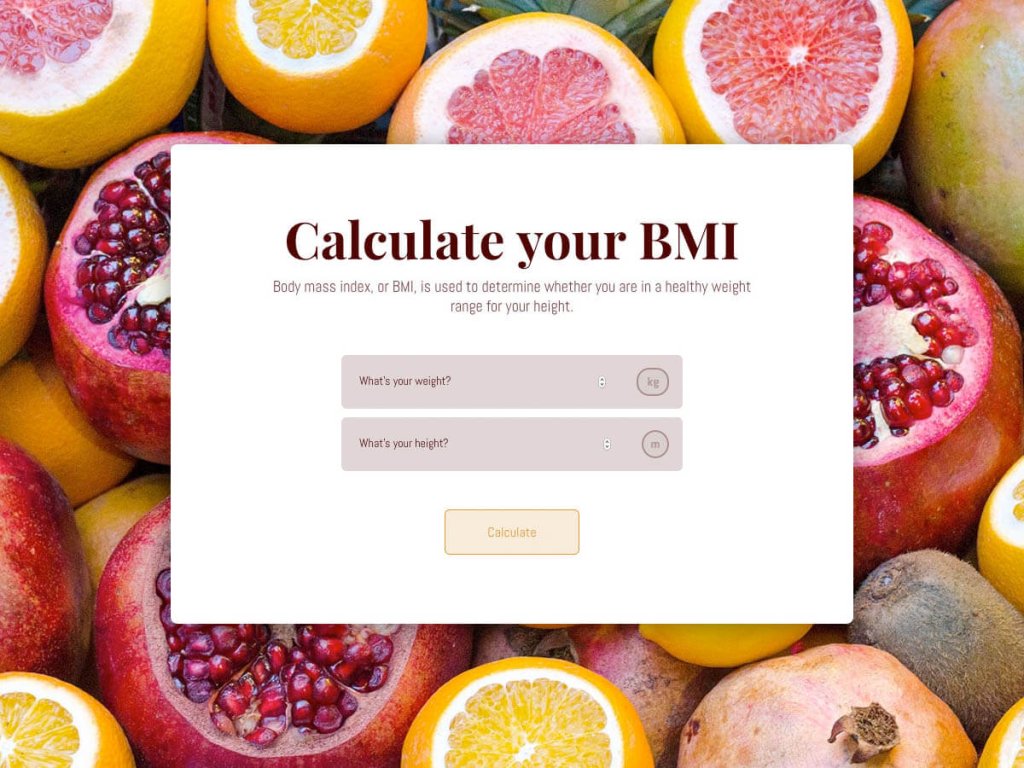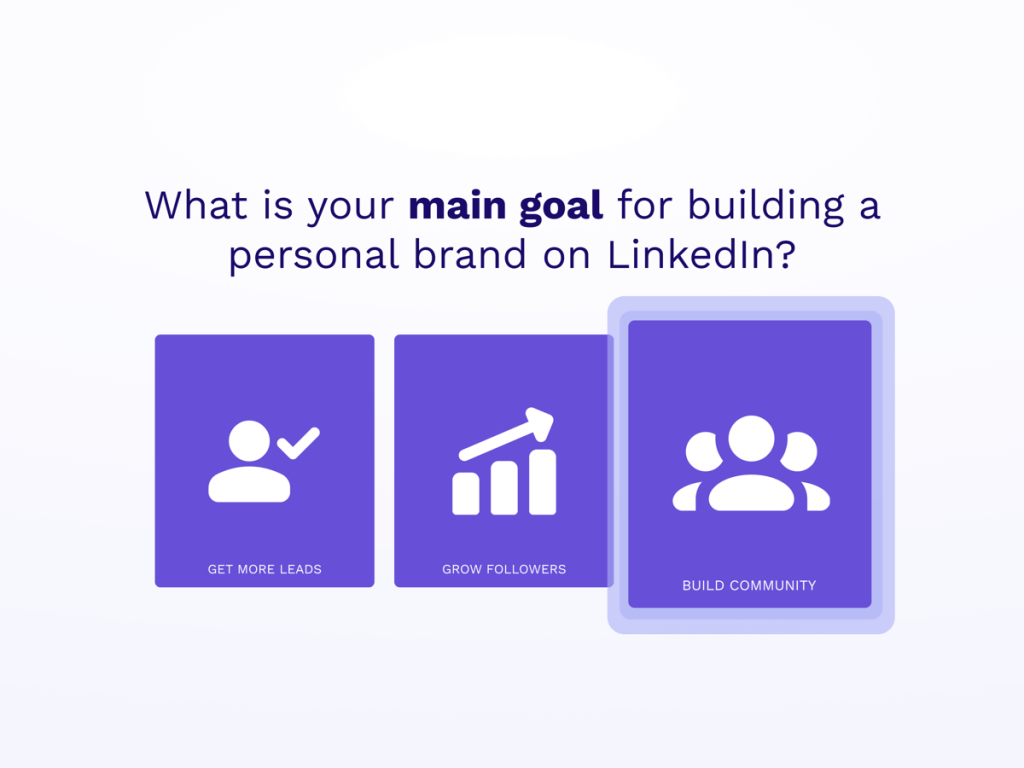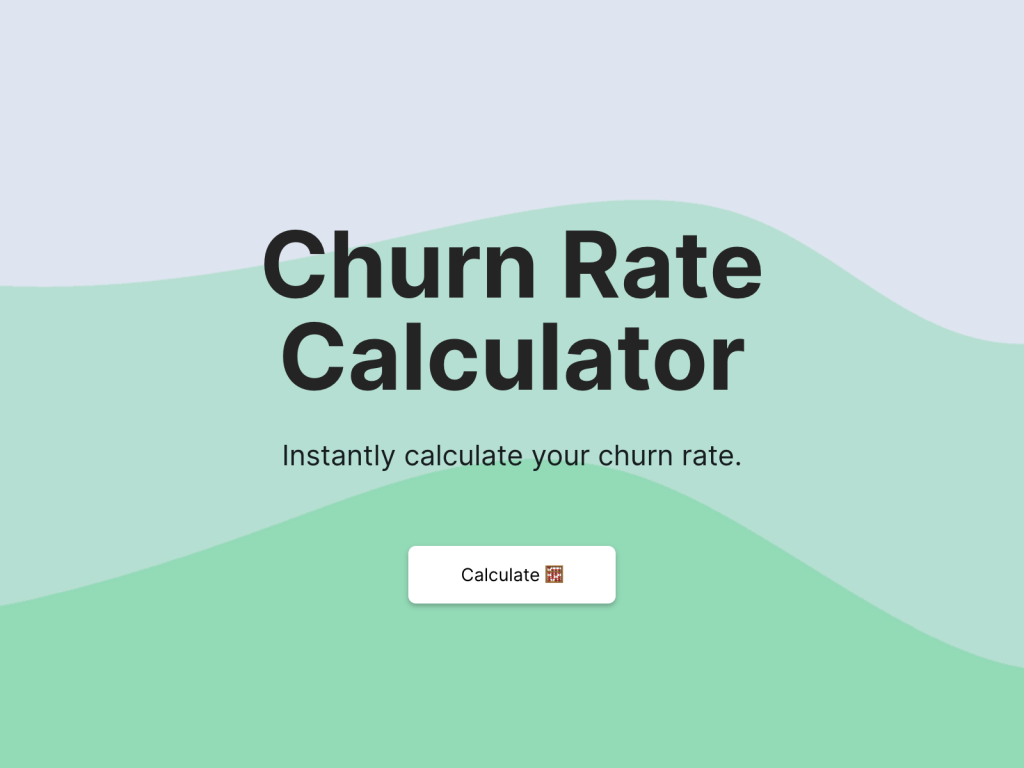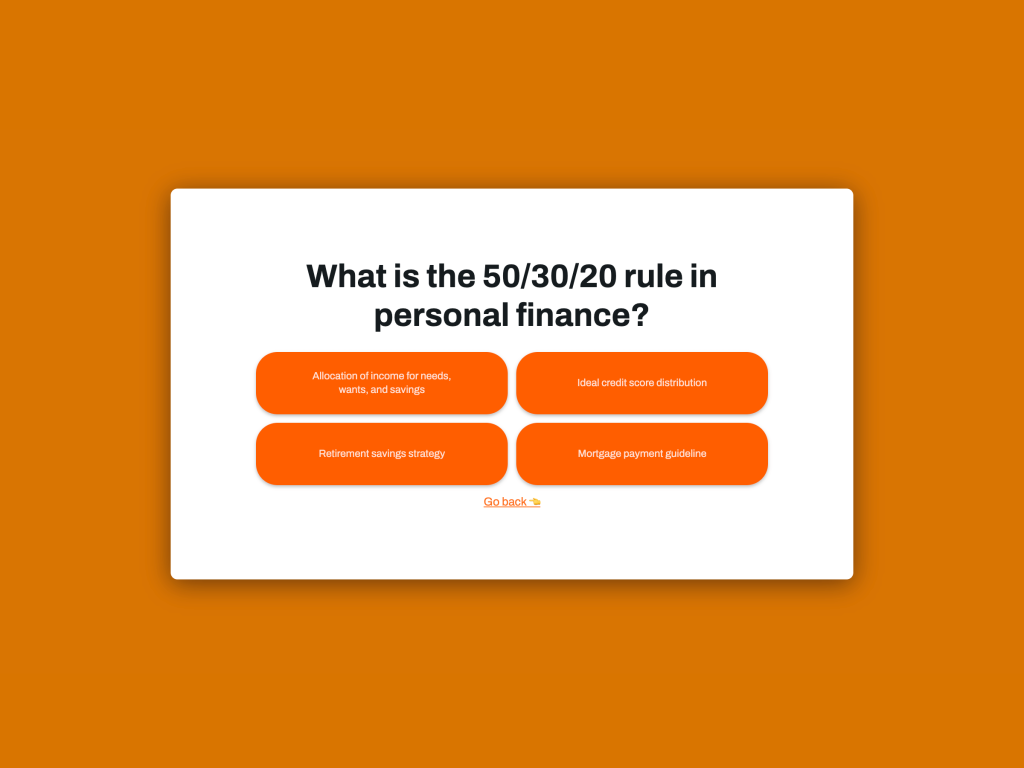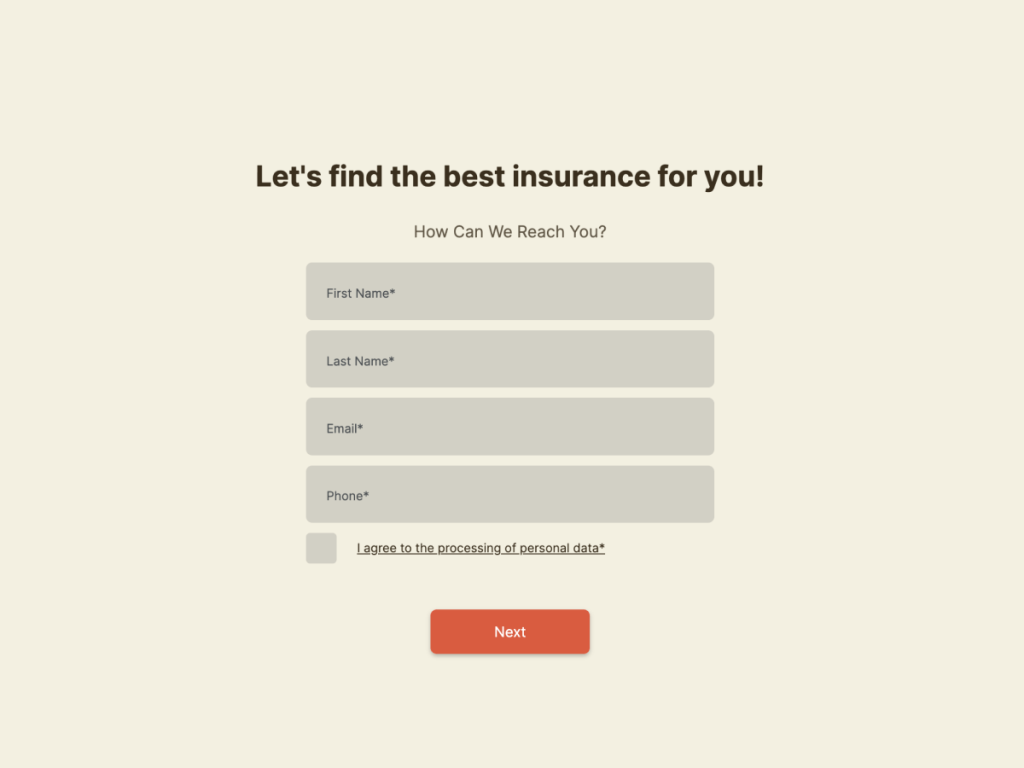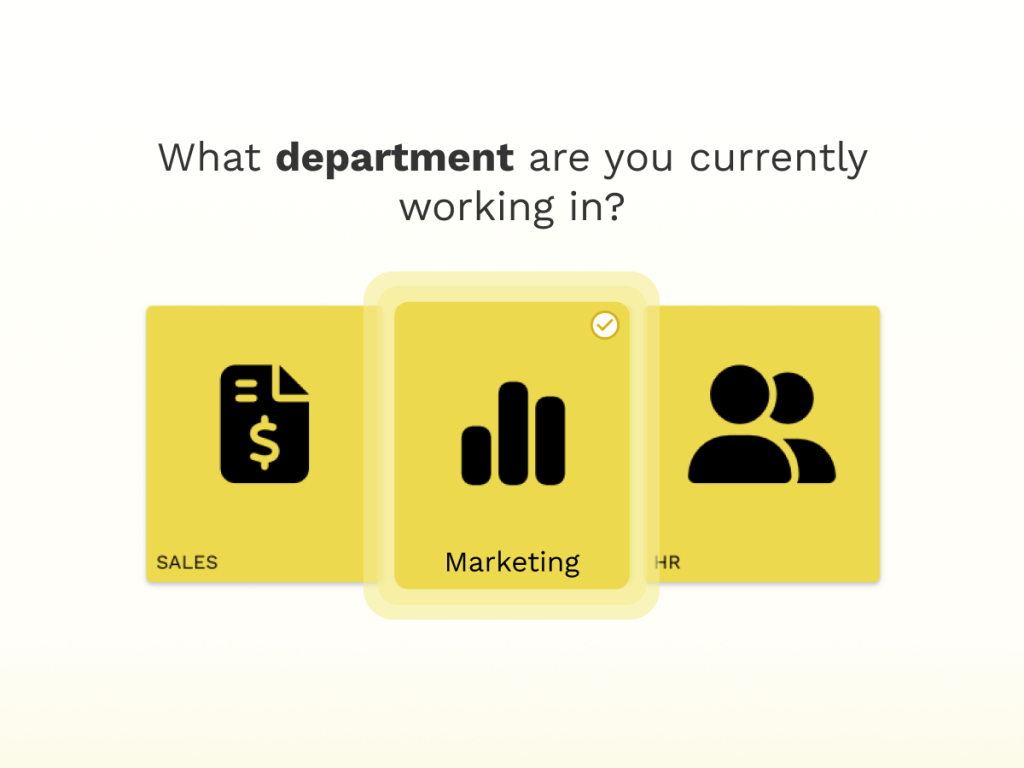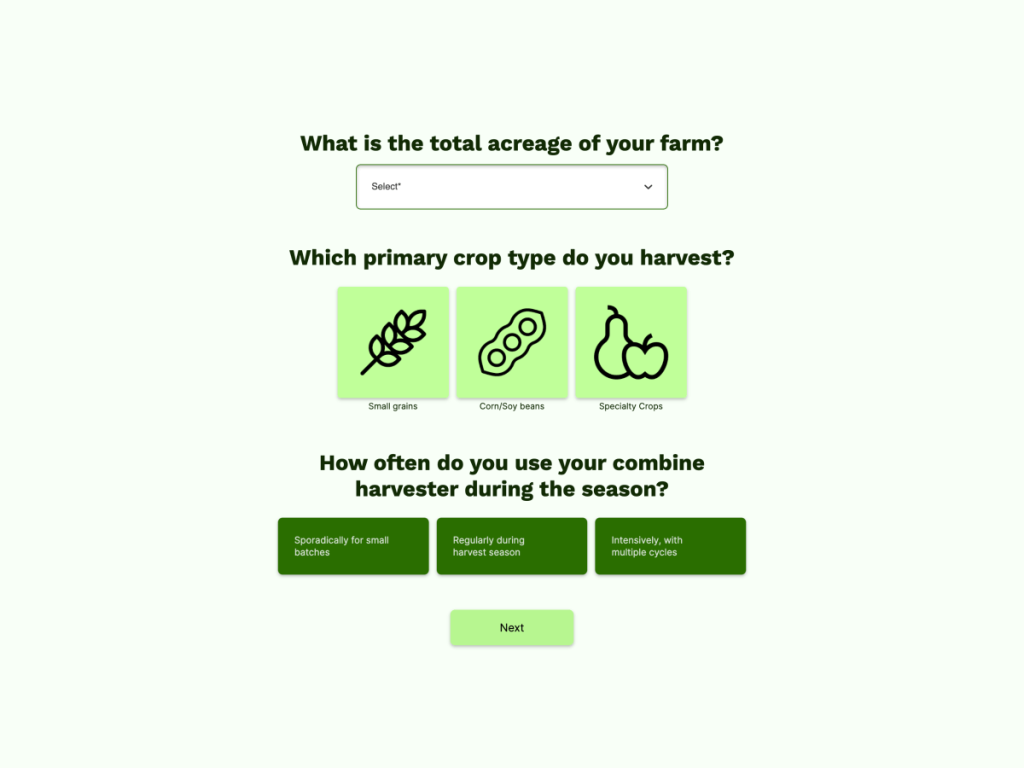Every business owner can relate to the frustration of missing out on a sale. You spend time and money connecting with a prospect, warming them up, interacting with them, and when it’s all said and done, they don’t end up making a purchase.
It’s all a part of doing business. But with a good sales funnel in place, you can limit how often this happens.
Sales funnels have a major impact on the success of your online business.
They are key components of converting traffic and online visitors to your website to customers who are ready to purchase your products. You can achieve a stable sales funnel by following the simple steps and mastering the trick of the trade.
While creating a successful sales funnel sounds like an easy task, many business owners, marketers, and entrepreneurs face challenges implementing the right procedure to gain a higher conversion rate. However, mastering this art of the trade is simple and quick when you have the right information.
Before starting the process of developing a sales funnel, you need to understand what it is and why it’s so important to get it right.
You must also learn the best practices to adopt when creating a sales funnel and how to make a metrics analysis for gauging your business progress.
If your business needs a boost in converting potential customers into real-time buyers, this article has an in-depth analysis of everything you need to know about sales funnels. You can follow the easy steps to create and observe the difference that sales funnels make to your business.
What Is A Sales Funnel?
A sales funnel is the process a customer follows from the time they visit your business web pages to when they decide to buy your products. This procedure is also referred to as the marketing funnel, which is widely used to create revenue for online businesses.
Through a sales funnel, the customer takes step-by-step actions at every stage. Depending on the decision they make at each level, the site visitors become sales leads before converting into customers willing and able to buy the listed items.
You can improve your order value through order bumps, downsells, and upsells using a sales funnel. It is an essential platform for gaining sales, improving your business revenue, and enhancing its growth.
As mentioned earlier, the sales funnel follows a specific process, giving it the shape of a tube with a wide top section that narrows down as the steps proceed. In the beginning, your site gets many visitors who may be interested in the products you listed on your page.
As they move forward, some leave before heeding the call to action or accomplishing the purpose of the sales funnel. In the end, a smaller group buys the products, signs up, or makes the expected conversion to benefit your business.
Get Started: Make A Lead Generation Quiz
Using One Of Our 300+ Templates
Dental Insurance Finder Template
How Long To Be A Millionaire Quiz Template
Customer Engagement Quiz for Software Template
Shoppable Eyewear Funnel Template
Lead Magnet Quiz for Real Estate Template
What Animal Are You? Template
Stages Of A Sales Funnel
Awareness marks the first step of the sales funnel, where your website visitors learn of the products you sell. This information could have reached them through referrals from other people, social media platforms, advertising, or by chance as they were making random searches on the internet.
The second sales funnel level is interest. After knowing about your brand's existence, the visitors may get interested in it and start their research to get more information. At this stage, they can compare the features of the products against your competitors to clear their doubts and gain more conviction to buy from you.
After establishing their interest, your website visitors can decide to buy. The "decision" level changes to the "action" stage, and the leads become a conversion, adding to your revenue.
Why Is A Sales Funnel So Important?
A sales funnel exposes your business to potential customers and generates more profits. The following list contains more reasons why your business needs a sales funnel:
Increasing Business Growth
As mentioned above, a sales funnel creates an effective platform to grow your business. By following the step-by-step process involved in a sales funnel, your website visitors and target audience generate interest in your products before deciding to buy them.
Depending on how appealing the sales funnel you develop is, your business has a great chance to receive more orders and generate additional income. With time, the level of profitability increases, leading to business growth.
Gain Return Customers
Considering the interests of your audience, you can keep improving your sales funnel to retain them and keep them coming back. After identifying your target customers, you can capture their interest by customizing your advertisements and making their experience at each level better each time they visit.
Additionally, you can keep improving the quality of your products and meeting the expectations of new or existing customers.
Generating Qualified Leads
A sales funnel assumes the role of a filtration system, which identifies interested and disinterested visitors from an early stage. Using this method, you can focus on leads that show more conversion potential and avoid spending too many resources on dead ends.
Qualified leads are easy to spot and visible from the second stage of interest. You can increase your efforts in nurturing the interests of your site visitors, giving them more reasons to select the products they wish to buy.
Without a sales funnel, you might spend more time on a disinterested group instead of the interested one, causing the latter to fall out as they feel underserved.
Convincing Visitors to Act Specifically
When a user visits your site for the first time, they may not know how to react unless you lead them to a specific action. A sales funnel makes it easy to make a call to action and direct your audience to buy the products, sign up to receive newsletters, or subscribe to your email programs. You will raise awareness of the purpose of your business and keep them visiting your site every time they need what you offer.
Maintaining A Competitive Advantage
Your business rivals keep developing new methods of capturing a wider market base to grow their business. To keep up with this competition, you can create a sales funnel that brings in new customers, helps you generate more leads, increases your sales, and grows your business.
A sales funnel's importance in a competitive business environment should not be underestimated as it comes with a lot of satisfactory results. Additionally, the world of e-commerce and digital marketing expands frequently as business owners develop new methods of promoting their products and site visibility. With a customized and automated sales funnel, you also stand a chance to rank high against your business rivals.
Time-Saving
As a business owner, there are various tasks to handle to maintain the smooth operation of your venture. A sales funnel can operate independently without much supervision after setting it up and full optimization. You can focus on other business issues knowing you have a fully functioning funnel system that doesn't require a round-the-clock or hands-on supervision.
Best Practices for Creating a Sales Funnel
Creating a sales funnel is an easy task requiring only a fraction of your time. However, you must be keen to follow the necessary steps and avoid a substandard sales funnel that does not meet your business objectives.
Step 1: Understand Your Audience's Expectations
The first step to creating a successful sales funnel is knowing what your audience needs, expects and how they behave under specific circumstances. This analysis helps you narrow down your target market instead of blindly targeting everybody.
Your users' behavior eases the process of monitoring the activities on your site and following up on the engagements. It helps you understand what makes your visitors click and scroll onward or how long they are likely to stay on the site. Knowing your audience's personalities helps you refine the data points on your sales funnel to align with their needs.
Get Started with Customer Onboarding Templates
300+ Mobile Friendly Templates
BMI Calculator Template
Whitepaper Download Template
Churn Rate Calculator Template
Financial Literacy Knowledge Quiz Template
Refer a Friend Form Template
Contact Form for Insurance Template
Step 2: Gain the Attention of Your Target Audience
The fastest method of benefiting from a sales funnel is luring the target audience to get into it. You can achieve this by customizing your content and displaying it on platforms that are easily accessible to prospective customers.
Gathering organic traffic across various platforms is essential for gaining your target audience's attention. Besides written content, videos and infographics make up other methods of promoting your site. You can also create paid ads and spread them across various hangout points for your audience.
For example, you can run Google AdWords campaigns, Facebook ads, or Pinterest ads for your product site. LinkedIn ads work well for B2B sales.
Step 3: Develop a Landing Page
A landing page is an important component of your sales funnel. It creates a platform on which your prospects land after clicking your ads, links, and other content. The main idea of building this page is to give them a more detailed offer they can't ignore.
At this level, the main objective should be gaining leads rather than closing deals or making a sale. The number of clicks may be many, but the state of your landing page determines whether or not they will proceed with the funnel. Check out this article to learn what types of content you should create for each stage of your funnel.
Maintaining an interested audience at this stage requires a bold message and directions on the action you would like them to take.
Get Started: Make A Lead Generation Quiz
Using One Of Our 300+ Templates
B2B Product Finder Template
Computer Skills Assessment Template
Career Quiz Template
What Animal Are You? Template
Sales Funnel Automotive Template
Combine Finder Quiz Template
Step 4: Launch a Campaign Targeting Email Drip
After gathering your leads, you can keep them occupied with informative content via email. Send the copies into their inboxes from time to time without making it too obvious. A sufficient lead is maintainable through three or fewer emails every two weeks at a spaced interval.
When strengthening your sales funnel through emails, understand what your audience wants and use their line of thought to educate them about your products. You should know what they require to learn about, what they already know, and the barriers that stand your efforts to turn leads into sales. Using this data, you can make the relevant corrections and try again.
Towards the end of the email drip campaign, inform the recipients of the incredible offers and what they will gain by buying your products. Ask for feedback after each campaign project to know the necessary changes required for future success.
Step 5: Keep Going Back
Despite the small number of conversions you might get at the end of your sales funnel, you must keep in touch with the rest of the audience to understand them better. Inform them about your discounts, coupon codes, and your high regard for them for visiting your site. Continue remarketing and watch your numbers rise to your satisfaction.
How to Analyze Sales Funnel Metrics
A sales funnel metrics help you trace how successful it is in growing your business. It gives you data on your audience engagements on the site, conversion rate, and lost leads.
The most relevant metric for your sales funnel is the conversation rates, which you can track by looking at the charts or analyzing the number of people who heeded the call to action. You can also analyze the people who reached your landing page by following ads posted on various platforms such as Facebook, Pinterest, Instagram, and LinkedIn.
Analyzing the numbers at each stage helps you know the most suitable methods to gain your users' attention. You'll also understand the relevance of your content in making leads and making conversions. Identify the sales resulting from email drip campaigns, comparing them with those made through other marketing strategies.
You can also analyze your sales funnel metrics by viewing the number of people who left their email addresses, contacts, or feedback when prompted to. Additionally, the number of new and returning customers will be a sufficient metric to monitor your sales funnel success.
Sales Funnel Examples
Understanding how a sales funnel works can transform your business by converting prospects into paying customers.
So, if you are exploring sales funnels for beginners or optimizing an existing sales funnel strategy, these examples illustrate how businesses effectively guide prospects through the sales funnel process while building lasting relationships with loyal customers.
1. E-Commerce Sales Funnel: From Awareness to Purchase
This example is ideal for online retailers looking to create their own sales funnel to maximize conversions.
Sales Funnel Stages in Action:
Awareness: A clothing brand uses social media ads targeting potential buyers with catchy visuals and promotions.
Interest: The ad redirects users to a landing page offering a discount code for first-time shoppers.
Decision: Visitors explore the catalog and add items to their cart, motivated by limited-time offers.
Action: The business secures conversions with a user-friendly checkout process and post-purchase emails offering loyalty points.
By focusing on the customer journey and addressing barriers at each stage, this strategic sales funnel ensures steady growth while building a base of loyal customers.
2. B2B Sales Funnel: Streamlining the Sales Process
For businesses offering SaaS or professional services, this example demonstrates how to align the sales pipeline with a structured funnel.
How the Sales Funnel Works:
Awareness: The company attracts leads with high-value content, like industry reports or webinars.
Interest: Leads exchange contact details for gated content, entering the funnel.
Decision: The sales team engages these leads with tailored demos or consultations to address their pain points.
Action: Once convinced, leads are converted into paying customers through trial offers or flexible pricing plans.
This funnel’s success relies on well-coordinated efforts between marketing and sales reps, ensuring a seamless sales process that maximizes efficiency.
3. Service-Based Sales Funnel: Creating Loyal Customers
Freelancers, agencies, and consultants can build a strategic sales funnel to attract and retain clients.
Example in Practice:
Awareness: A digital marketing agency uses blog posts and social media to establish expertise.
Interest: Readers are offered a free consultation, showcasing how the agency can solve their problems.
Decision: A tailored proposal highlights unique benefits compared to competitors.
Action: Exceptional service delivery turns clients into repeat buyers and loyal customers.
This sales funnel strategy ensures prospects are nurtured through the customer journey, resulting in sustainable long-term growth.
4. Local Business Sales Funnel: Attracting Nearby Customers
Brick-and-mortar stores can also benefit from building their own sales funnel to drive foot traffic and in-store purchases.
Sales Funnel Process Example:
Awareness: Promote your store through local online ads or Google My Business listings.
Interest: Offer online discount coupons redeemable in-store.
Decision: Use personalized emails or SMS to remind customers about expiring discounts.
Action: Ensure excellent service in-store to convert walk-ins into paying customers.
With minimal effort, this funnel addresses the entire sales process, from awareness to building repeat clientele.
By using these examples, businesses can see how a well-designed sales funnel works across different industries.
Whether you’re part of a sales team, managing sales reps, or working on your sales pipeline, these examples provide actionable insights to build a winning funnel tailored to your audience.
Conclusion
The success of your business is based on your marketing abilities and skills. However, it's possible to take all the necessary steps and direct a lot of traffic to your website but make minimal sales. Such cases require a well-established sales funnel, functioning alongside other marketing strategies for more revenue creation.
Optimizing your sales funnel gives you a competitive advantage, helping you stand out against other options your audience may be considering. It makes a seamless attempt to make your products a more considerable choice for your audience and help them decide without forcing it.
When creating your landing page, you should make it as appealing as possible to keep your audience interested and convince them to take the next step. Optimize it to gain conversions using a strong call to action and directions on how to proceed until the process hits the set goal.
Author
Hanah Alexander is the Editor-in-Chief of TodayTesting.com. She specializes in SaaS, business software testing, marketing, and remote work.

